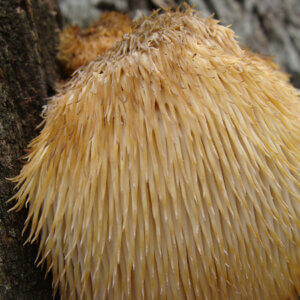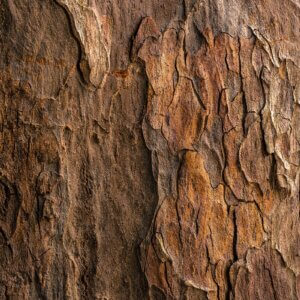Type: Perennial
Region: Native to Western North America
Used For: Food, medicine
How To Forage Nettles
Everyone is familiar with these forest plants, and most people do their best to avoid them. However, nettles are one of the first spring greens, and cultures around the world celebrate them as a gift and a harbinger of spring. Common stinging nettle, Urtica dioica, is native to the western United States, but varieties are found across the globe. Nettle has dozens of medicinal uses in addition to nutritional ones.
The characteristic sting comes from tiny, brittle hair on the undersides of the leaves, which act like tiny needles when you touch them. Stings cause redness and pale welts, and the pain and itching can last anywhere from ten minutes to a couple of days. These hairs contain a toxic compound which includes formic acid, also found in bee and wasp stings. As with bee stings, everyone reacts differently. If you are susceptible to anaphylaxis with bee stings, be very careful.

However, it’s easy to gather and prepare nettles safely. Wear long sleeves and leather or rubber gloves while harvesting. You can actually pick nettles bare-handed without getting stung—the toxic hairs don’t point straight out, they are angled down the leaf. If you are careful to only brush the hairs down the leaf, like petting a dog’s fur the right way instead of the wrong way, the tips won’t break and sting you. This takes practice, however, and if you are sensitive, use gloves!
How To Eat Nettles
Once you harvest the nettles, you have to take the sting out before eating them. As scary as it seems to put a stinging plant in your mouth, you can easily render nettles harmless. Cooking of any kind, including blanching in boiling water, or sauteing in a pan, will break the toxic hairs and denature the formic acid compound.
Nettles can also be eaten raw. Once the hairs are crushed, the toxins are exposed to the air and rapidly become harmless. That is why the nettle pesto recipe below is perfectly safe to make with raw nettles. If you take a big spoonful directly out of the blender you may feel a little burn on your tongue but even two minutes will leave it totally harmless.
In the early spring, gather just the new growing tips and the top two leaves, which will be the most tender and least bitter part of the plant. These can be eaten fresh in many recipes—from the classic pesto, to stir fry, soup, scrambles, even nettle ice cream!
Nettles can also be dried and made into to teas and tinctures all year round to bring you the incredible green nutrients of the spring nettles whenever you need a pick-me-up.
Vegan Nettle Pesto
Ingredients
- Fresh nettles, enough to fill a plastic produce bag
- ½ to ¾ cup of olive oil
- 1 cup of raw unsalted cashews
- 1 medium sized lemon, juiced
- 4 cloves garlic
- Salt and pepper to taste
Directions
- Put oil, cashews, and lemon juice into blender and pulse until smooth.
- Add nettles by the handful, raw or blanched and pulse.
- Add salt and pepper to taste.
Makes approximately 3 cups of fresh-tasting tangy pesto, which is bright green but oxides quickly to turn a darker green. Don’t worry it is still good to eat!







































